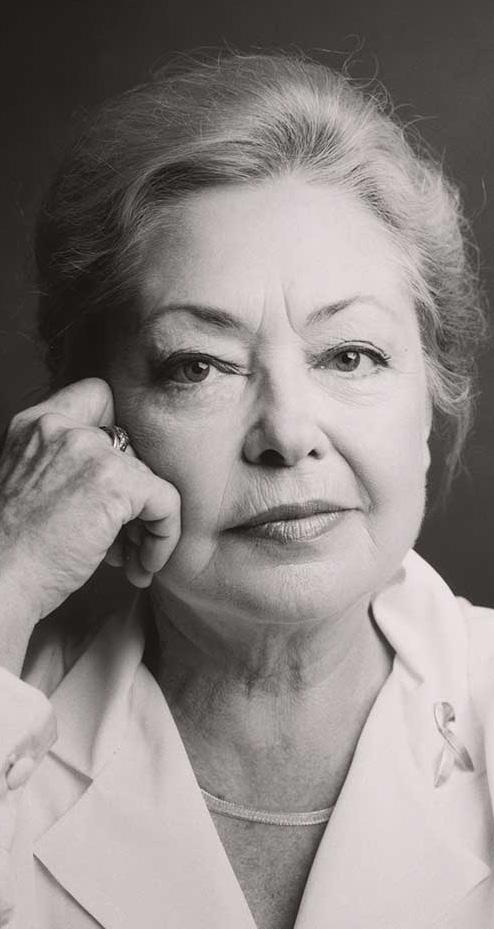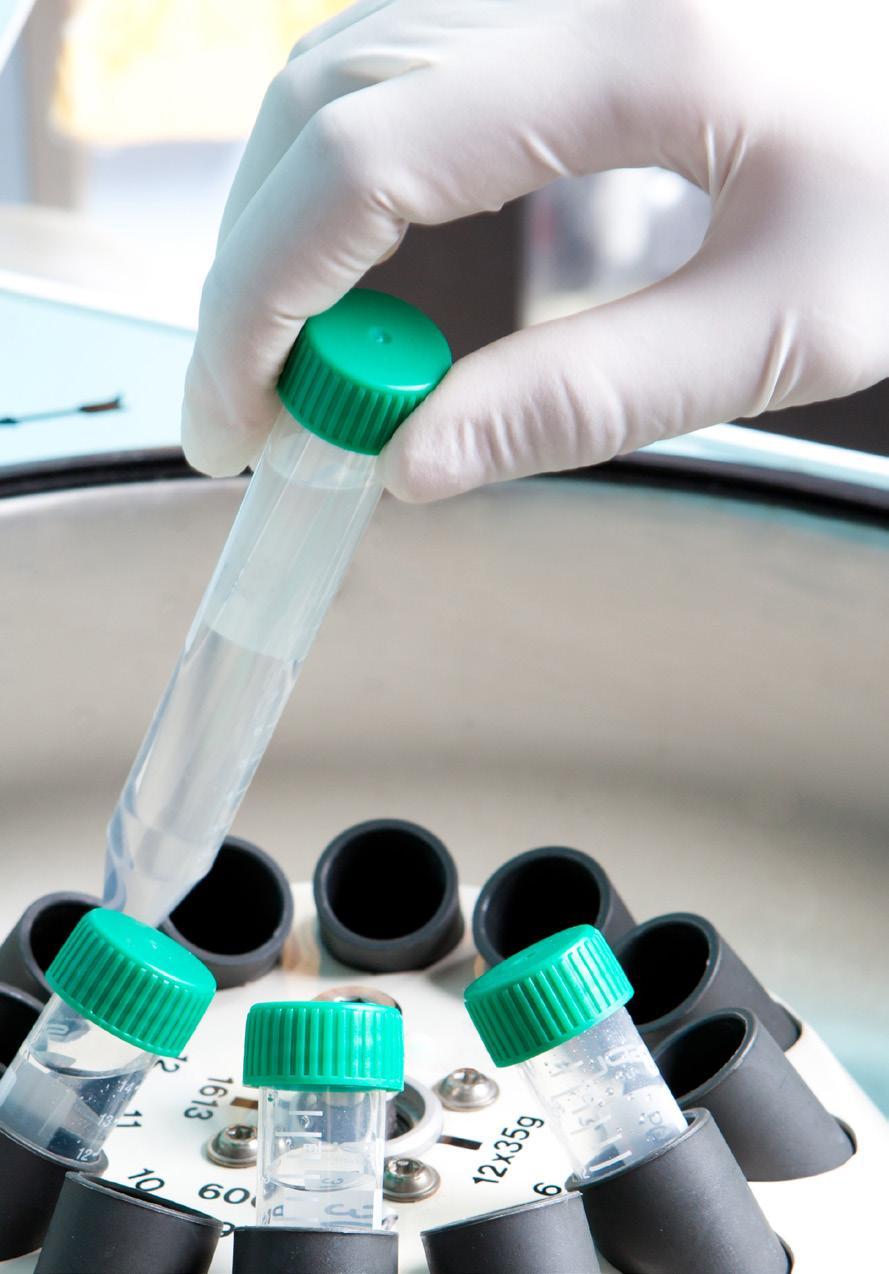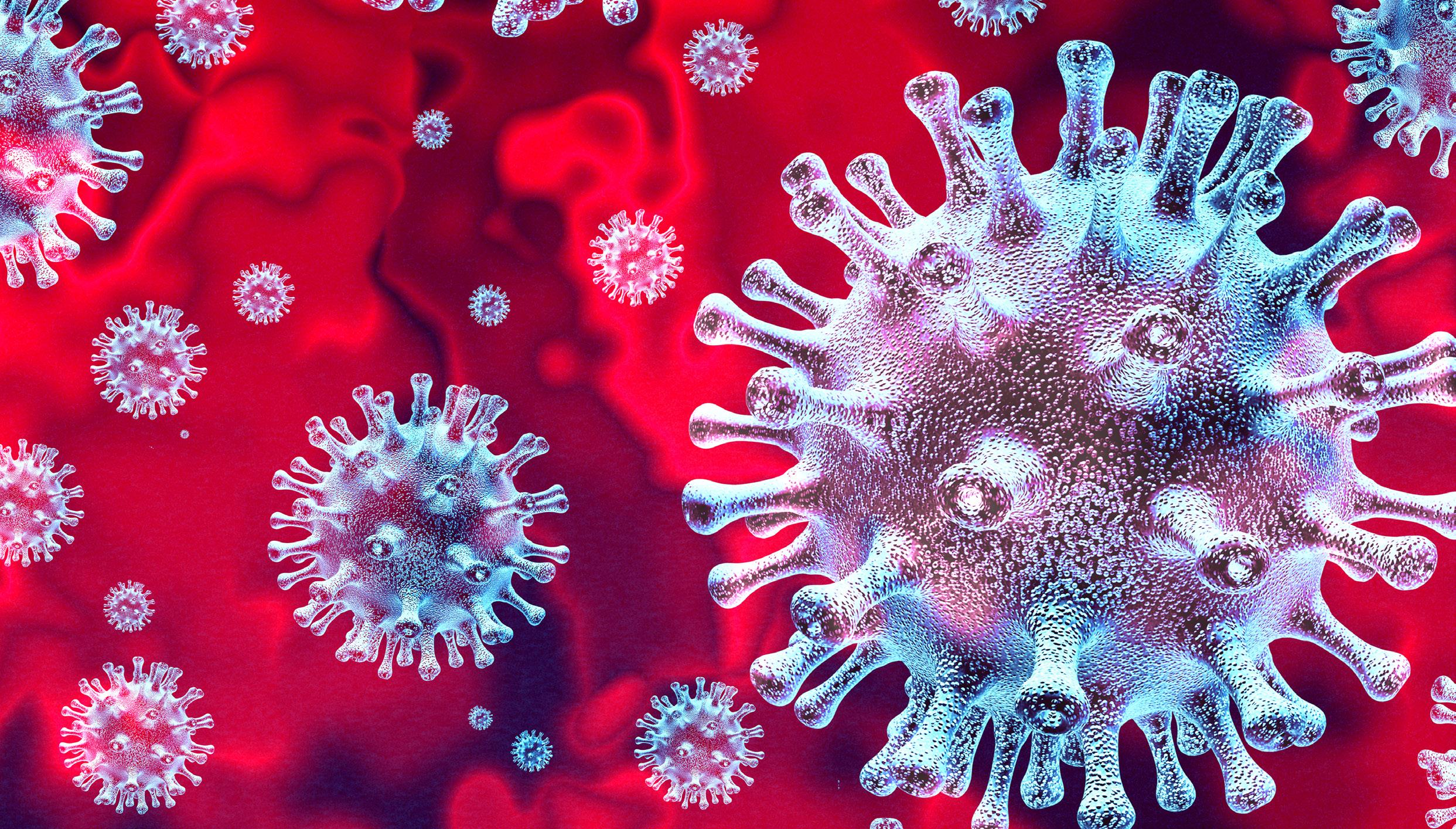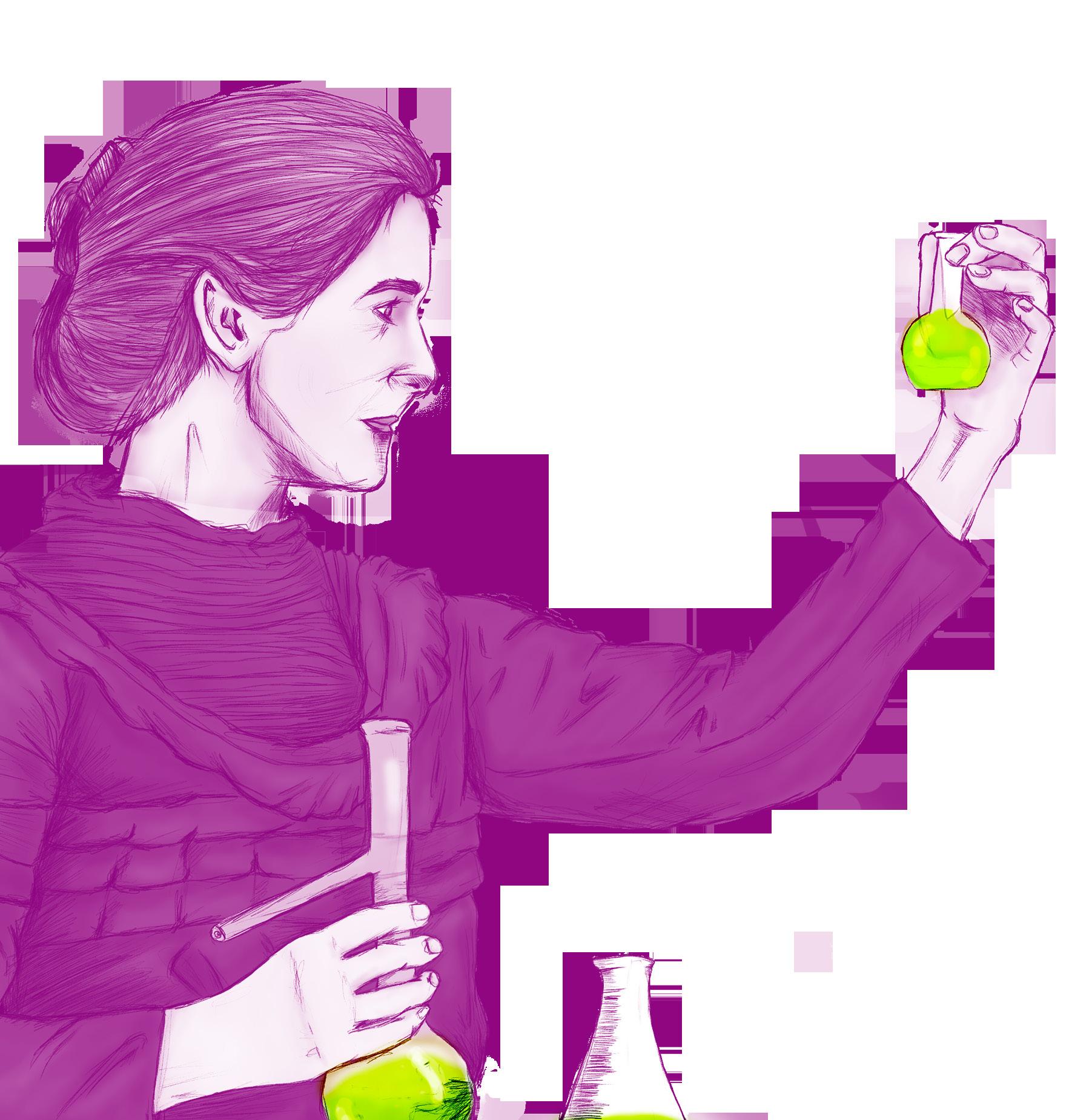
3 minute read
Women Scientists, Discoverers, and Social Activists
Yaheli Hernández
Mexican writer and editor
Advertisement
I tried to give this text the tone of a scientific document, but it was impossible. I don’t know whether that has something to do with the popular appeal of these figures, due not only to their being women, but also to the political, social, and cultural factors that seem to place obstacles before our view of their work and their contributions, quite apart from these same variables. The ages in which they lived, whether in the recent or distant past, are not so far removed from the issues they had to confront in their careers: from the beginning of my research, I noticed a tendency toward escape, beginning with Katherine Johnson, with the name change a woman was expected to accept when she got married. What would have happened if Johnson’s articles had been published under her maiden name? What about the lack of recognition in the case of the highly mediatized Nobel Prize, which was deliberately denied to Lise Meitner? What is clear is that the most important thing for these women was not to have their names engraved on a trophy, but rather what they contributed to the rest of us for generations to come: the beginning of a path that has not yet reached its end.
Katherine JohnSon
Was an Afro-American mathematician and aerospace technologist who passed away just recently, in February of this year. She was responsible at NASA for calculating the orbital mechanics of Project Mercury and the Apollo 11 moon landing. It is said that astronaut John Glenn claimed he would not have orbited the earth if Katherine had not been the one reviewing the calculations for his journey. Johnson’s department at NASA, supervised by another Afro-American mathematician, Dorothy Vaughan, and made up of white male engineers, was known as the “Computers in Skirts.”


MathilDe KriM
The work of Mathilde Krim was initially in the fields of cytogenetics and cancer at the Weizmann Science Institute in Israel, where she contributed to developing methods for the prenatal determination of sex. After settling in the United States, together with her husband Arthur B. Krim, she became a supporter of civil rights and LGBT causes. In collaboration with Elizabeth Taylor, Mathilde created the American Foundation for AIDS Research (amfAR), where she has since worked to raise awareness about this disease, its causes, and its modes of transmission.
liSe Meitner
Was trained in the fields of radioactivity and nuclear physics. She helped to discover nuclear fission, an achievement that earned her collaborator Otto Hahn the Nobel Prize. When it became know that Meitner also deserved the award, Hahn was upset by the media attention she was receiving and claimed exclusive credit for the discovery, insisting that Lise had only hindered his work. Meitner also made contributions to the research that led to the development of reactors for the production of electricity, nuclear weapons, and nuclear medicine.


rachelcarSon
A marine biologist and conservationist, Rachel Carson was a pioneer in the ecology and conservationist movements. Her most famous book, Silent Spring, in which she denounced the use of synthetic pesticides, contributed to an enormous growth in public concern about the environment: it pitted Carson against the chemical pesticide industry and helped to create a conservation movement has generated political change and the prohibition of DDT.
aDrianac. ocaMPouria
Is a planetary geologist from Colombia who now lives in Houston and directs a science program at NASA. When still an adolescent, Ocampo worked at the NASA Jet Propulsion Laboratory. She also belonged to the team that identified, through satellite imaging, the impact of the Chicxulub crater. The meteorite that caused this crater was responsible for the extinction of more than 50% of all plant and animal species, including the dinosaurs.











